The differences and characteristics of the three major coffee cultural circles in the world-Japanese coffee, Nanyang coffee and North American coffee
Professional coffee knowledge exchange more coffee bean information please follow the coffee workshop (Wechat official account cafe_style)
One of the two major coffee cultural circles in Asia
North Asia (Japan) | mild, sweet, fragrant and slightly bitter
Coffee was introduced into Japan in the 16th century, and the first teahouse selling coffee appeared in Japan at the end of the Meiji era (1888). Since then, coffee culture has gradually developed its own characteristics in Japan, and gradually formed a North Asian coffee culture circle, affecting many neighboring Asian countries. Japanese coffee culture is deeply influenced by the eating habit of "broth" with Umami as the basic seasoning. Japanese coffee has gradually developed into a style of mild taste, soft mouth, emphasis on glycol and bitterness.
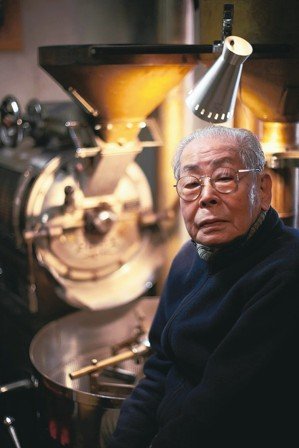
Ichiro Kanaguchi, owner of Amber Coffee, an old shop in Ginza, Tokyo, the world's oldest coffee roaster, died in March at the age of 104.
In order to present coffee with sweet taste and mild taste, slow-fire long-time roasting technique is widely used in Japan. It usually takes more than 20 minutes from raw beans to roasting, which is much higher than the average roasting rhythm of 15 minutes in Europe and America. Slow-fire roasting makes coffee taste spectrum dynamic more stable, and full and complete Maynard reaction makes coffee produce more "Menadine" ingredients in the roasting process. This is the main reason why the taste of Japanese coffee is mellow and thick, sweet and slightly bitter.
In order to highlight the sweet flavor of coffee and reduce its acidity, Japanese coffee prefers to brew coffee at a lower brewing water temperature (for example, 82 to 86 degrees Celsius), which is very different from the standard brewing water temperature of 93.3 degrees in Europe and the United States. The technique of hand-brewing plus low-temperature extraction spread from Japan to neighboring South Korea and even China.
The early coffee culture in China is deeply influenced by Japanese coffee culture. today, there are still some old cafes with authentic Japanese style in Hong Kong, Macao and Taiwan.
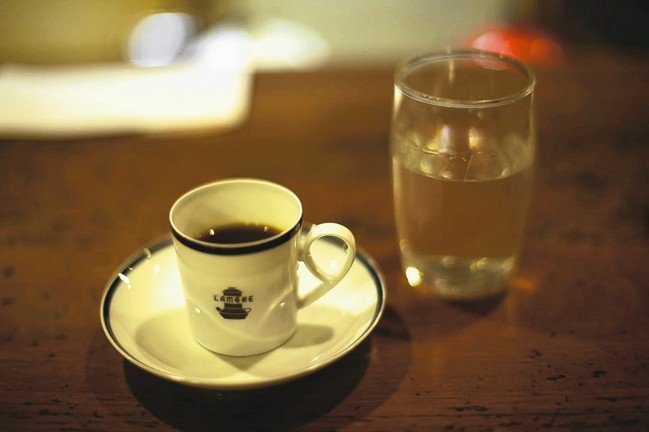
"Amber Coffee" flannel hand-made coffee, the cup is small and full-bodied.
The second of the two major coffee cultural circles in Asia
South Asia | Sugar-wrapped baking
The hot and humid climate, low prices and low average income in the Nanyang region mean that the natural conditions for storing coffee are poor, and people's purchasing power is also inclined to cheap coffee, resulting in the Nanyang region traditionally accustomed to using cheap coffee beans to reduce costs. for example, the use of lower-cost Robusta and Liberian coffee varieties are mixed with higher-priced Arabica beans. In addition, in order to cope with the high humidity and high temperature of Nanyang climate, a very unique "sugar-coated" coffee bean production method has been developed in Malaysia and Singapore.
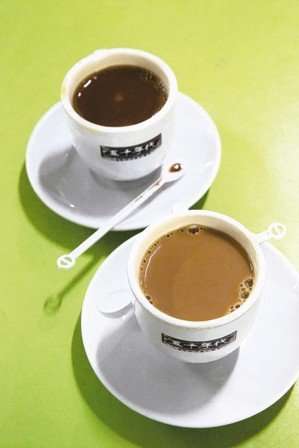
Typical Nanyang coffee must use a thick ceramic cup, coffee color is rich, the throat is not bitter.
"Sugar coating" means that coffee beans are coated with a shell consisting mainly of sugar. Traditional Nanyang coffee is roasted with white sugar (the proportion is about 60 kg of coffee beans. Add 12 kg of white sugar), corn kernels, and milk Marlene stir-fry with coffee in the baking oven, and when melted at high temperature, the sugar is converted into dark black, mixed with caramel ash Finally, the furnace is poured on a large piece of iron plate and cooled by a powerful electric fan, while a number of manual hand-held shovels beat hard on the cooled coffee bean caramel, which is broken into a common "sugar-coated" coffee bean in Nanyang. The "sugar coating" of carbonized black on the surface covers the coffee beans watertight, which can block the moisture and moisture that coffee beans are most afraid of when they are stored, so this black coffee beans can withstand the high temperature and high humidity climate of Nanyang and can be stored at room temperature for a long time without deterioration.
Nanyang is used to a heavy-flavored diet, accustomed to the smell of spices, coconut milk, and Milk Marlene, so it naturally develops a South Asian coffee culture with rich export flavor, black color and often condensed milk.
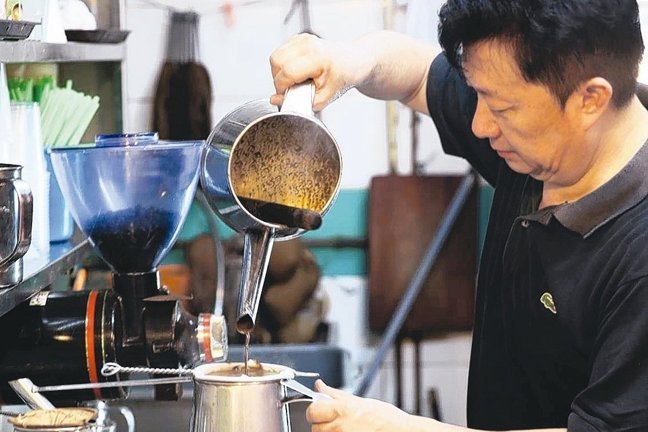
Traditional Nanyang coffee uses long cloth bags to repeatedly filter and rinse the coffee juice with dark color.
North American Coffee Culture Circle
The third wave of coffee | with the boutique Coffee Association
With the United States as the main axis, the North American coffee culture circle first spread to neighboring Canada, and then spread to Britain, Germany, New Zealand, southwest, Australia, and even today's Hong Kong, Japan and Taiwan. If you want to understand North American coffee culture, you must start with the three waves of coffee in North America.
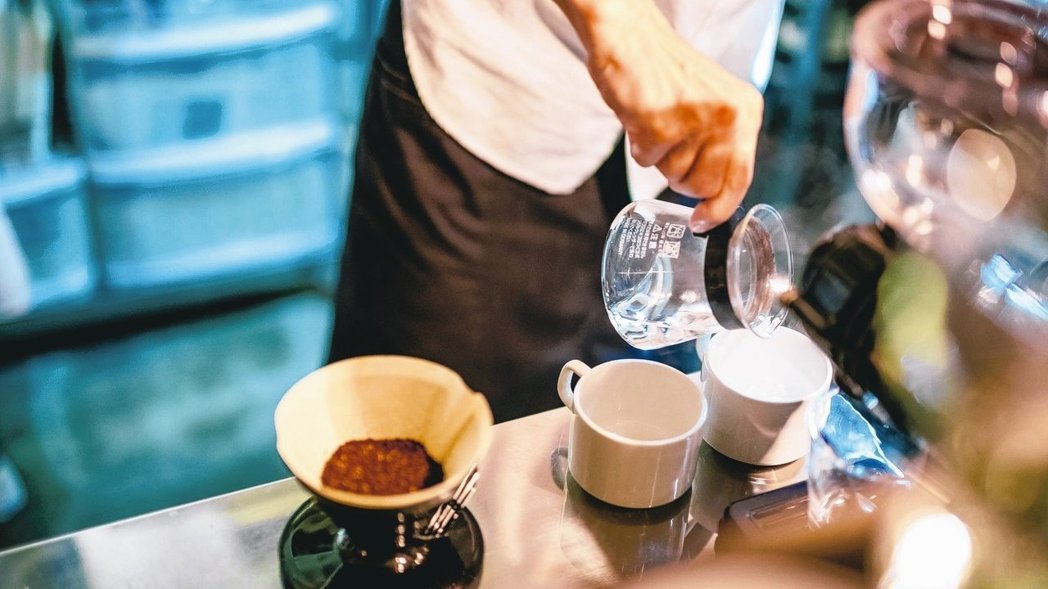
The coffee culture in North America takes the United States as the main axis, and the three waves of coffee from the 1940s to the recent have had a great influence.
The "first wave of coffee" began from 1940 to 1966, when veterans brought the habit of drinking instant coffee to the people. Instant coffee made from cheap robusta coffee was cheap and easy to brew, making a large number of families who did not drink coffee in the past. Because of the convenience of instant coffee, they began to develop the habit of drinking coffee.
In 1966, Dutch-born coffee roaster Alfred Peet founded Peets Coffee & Tea on the west coast of the United States to bring European-style deep-roasted coffee to the American people for the first time, stunning people who are used to drinking shoddy instant coffee and causing the so-called "second wave of coffee".
The second wave of coffee focused on brewing coffee with coffee beans. Bitt introduced coffee beans from Asia, Sulawesi and Sumatra, which were rare in North America at that time. Rich and rich taste let people experience for the first time that the effect of brewing coffee with high-quality coffee beans is much better than cheap instant coffee! The second wave of deep-roasted coffee has a strong "baking flavor" bitterness. People often add sugar to drink with cream and milk, and the trend of deep-roasted coffee continued until the year 2000. until many small coffee manufacturers who emphasized the meticulous flavor of coffee spawned the "third wave of coffee".
Gradually, it has become difficult for people to be satisfied with black and bitter coffee, so the "third wave of coffee", which pays attention to coffee origin, planting techniques, treatment methods, coffee varieties, and even more sophisticated roasting and brewing methods, has emerged.
The third wave of coffee focuses on "from origin to cup". Roasters personally visit coffee producing areas, communicate and discuss with coffee farmers, improve coffee planting environment and processing technology, in order to produce better quality coffee beans, and the third wave of coffee also pays attention to freshness. from coffee roasting to roasting after roasting are deliberate efforts to grab freshness, so that the most detailed "producing area flavor" of coffee can be fully presented in the cup, and pay attention to single cup brewing The third wave of coffee makers is no longer to make a large pot of coffee at a time waiting for guests to come to the door, but to make a cup of coffee for him on the spot after the customer orders the coffee.
The degree of roasting is no longer dominated by deep roasting, and moderate roasting and light roasting, which can highlight the flavor of coffee producing areas, are in vogue. The impact of the third wave of coffee is very great, except in North America. It also affects Central Europe, Western Europe, New Austria, and even the whole Asia. Today, there are many third-wave cafes in big cities all over the world, which is undoubtedly the most important coffee wave that affects the modern style of coffee in the world.
What must be mentioned in the North American coffee culture is the operation of the boutique coffee association. The American boutique coffee association has merged with the European boutique coffee association and dominates many coffee competitions around the world, as well as the formulation of quality standards for coffee planting, roasting and brewing. And has developed a sound coffee teaching and education system, boutique coffee society's influence has spread all over the world. It plays an important role in the evolution of coffee culture all over the world.
Important Notice :
前街咖啡 FrontStreet Coffee has moved to new addredd:
FrontStreet Coffee Address: 315,Donghua East Road,GuangZhou
Tel:020 38364473
- Prev

Coffee can be addictive? Will you get fat by drinking coffee? Drinking coffee will be "hot"? Stop wronging coffee.
Coffee drinkers are always partial to coffee. Sometimes when they hear bad things about coffee in the mouth of their non-caffeine camp colleagues, they can't help but filter them. They may persuade you hard, intentionally or unintentionally inculcate you with coffee drinking. Why not take the initiative to know more about coffee while enjoying the aroma of coffee, and take a look at these misunderstandings about drinking coffee in the future?
- Next
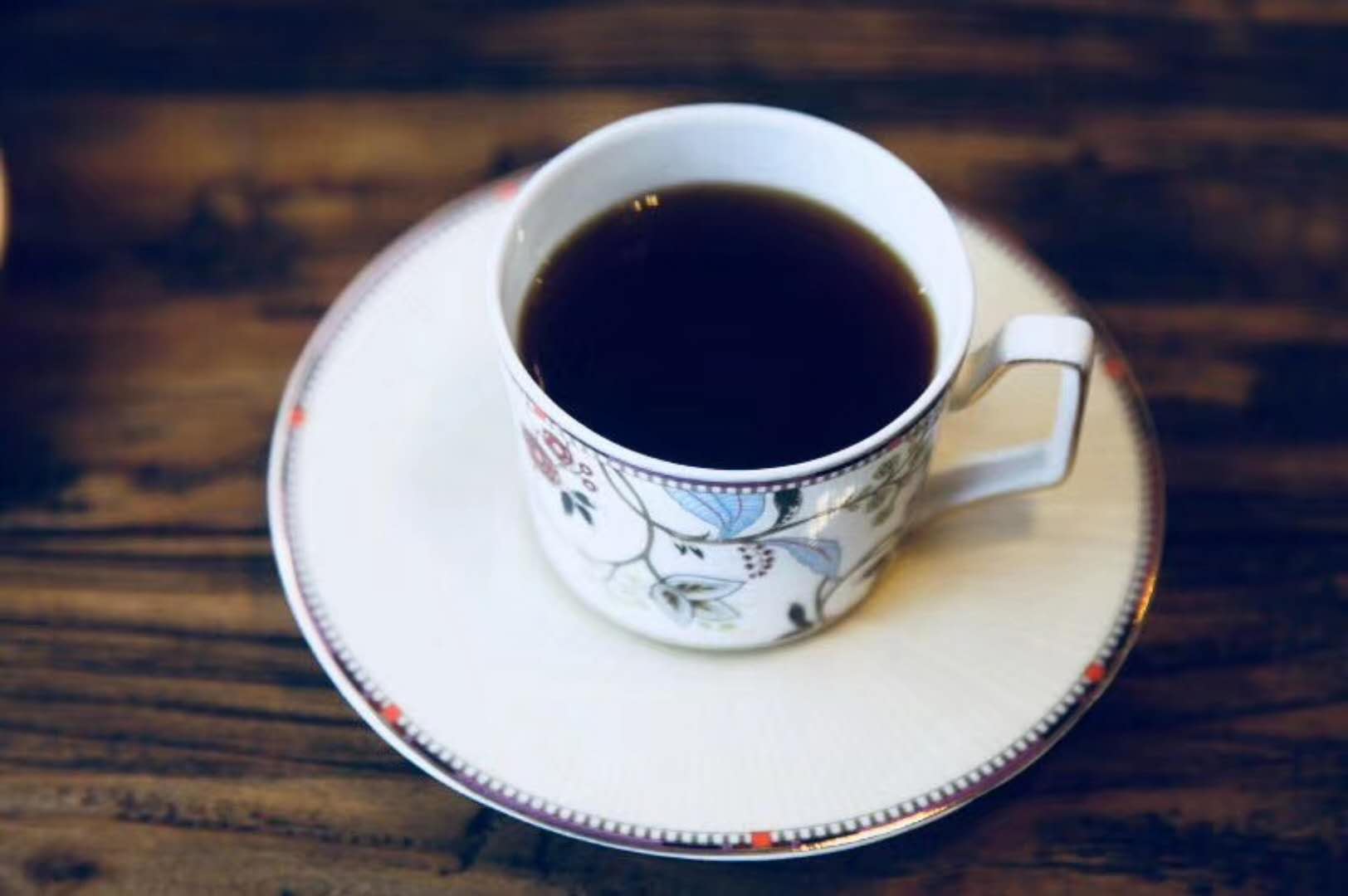
Coffee and health | Diabetes can't drink coffee? Does coffee increase the risk of diabetes?
Professional coffee knowledge exchange more coffee bean information Please follow the coffee workshop (Wechat official account cafe_style) recently a fan asked the editor: is it true that people with diabetes can't drink coffee online? It mentions this situation: the news media say that it is good to eat XX, and then they say that eating XX is not good. Contradictory nutrition concepts spread in the media, and the result is that the more the truth.
Related
- How did the Salvadoran coffee industry develop in Central America?
- What exactly does the golden cup extraction of coffee mean?
- The Origin of Coffee flower
- [2023 Starbucks World Earth Day] there are more meaningful things besides free Starbucks coffee!
- What kind of coffee is there in Spain? 9 Flavors of Spanish Coffee
- Aromatic African coffee| Kenya's coffee culture and historical production area
- Liberica Coffee Bean knowledge: the characteristics of Liberian Coffee beans of the three original species of Coffee beans
- The origin and formula of Spanish latte introduces the taste characteristics of Bombon coffee in Valencia, Spain.
- How to adjust the solution of over-extracted coffee
- What is the tasting period of coffee beans? What is the period of coffee and beans? How should coffee wake up and raise beans?

